Pets are not just our loyal companions; they’re mental marvels in their own right. Ever wondered what goes on inside those furry heads?
1. Dogs Understand Human Emotions

When you’re feeling down, your dog doesn’t just sit by you out of habit. They can actually read sadness in your face and body language, often trying to comfort you with a nuzzle or a paw.
2. Cats Learn Through Observation
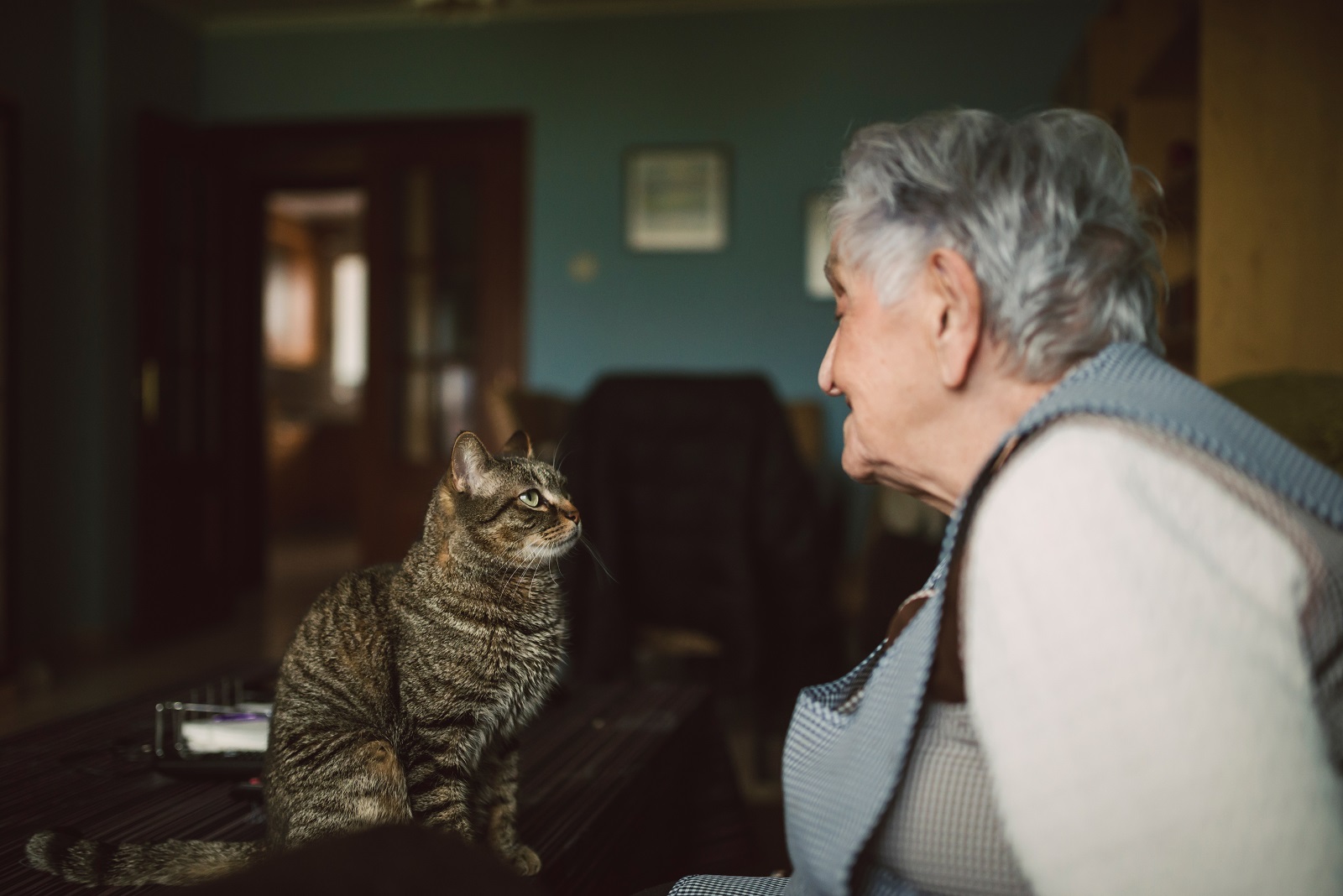
Think your cat is just lounging? Think again. They’re watching and learning how to manipulate their environment, like opening doors or retrieving hidden treats, just by observing you.
3.
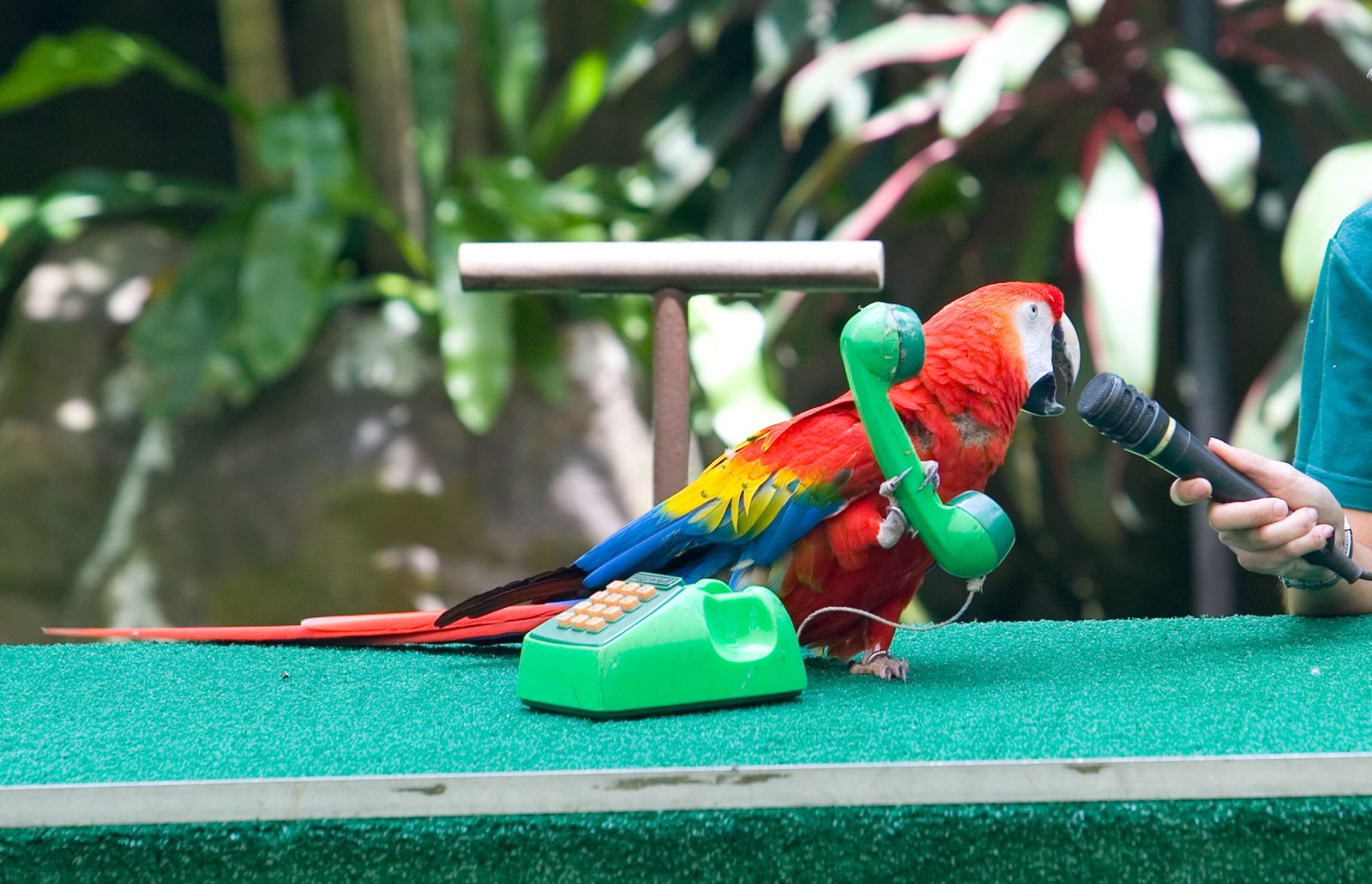
It’s not just mimicry when a parrot repeats what you say. African Greys, for example, can use words contextually to communicate their needs or desires, showcasing a deep linguistic understanding.
4. Rats Show Empathy and Altruism
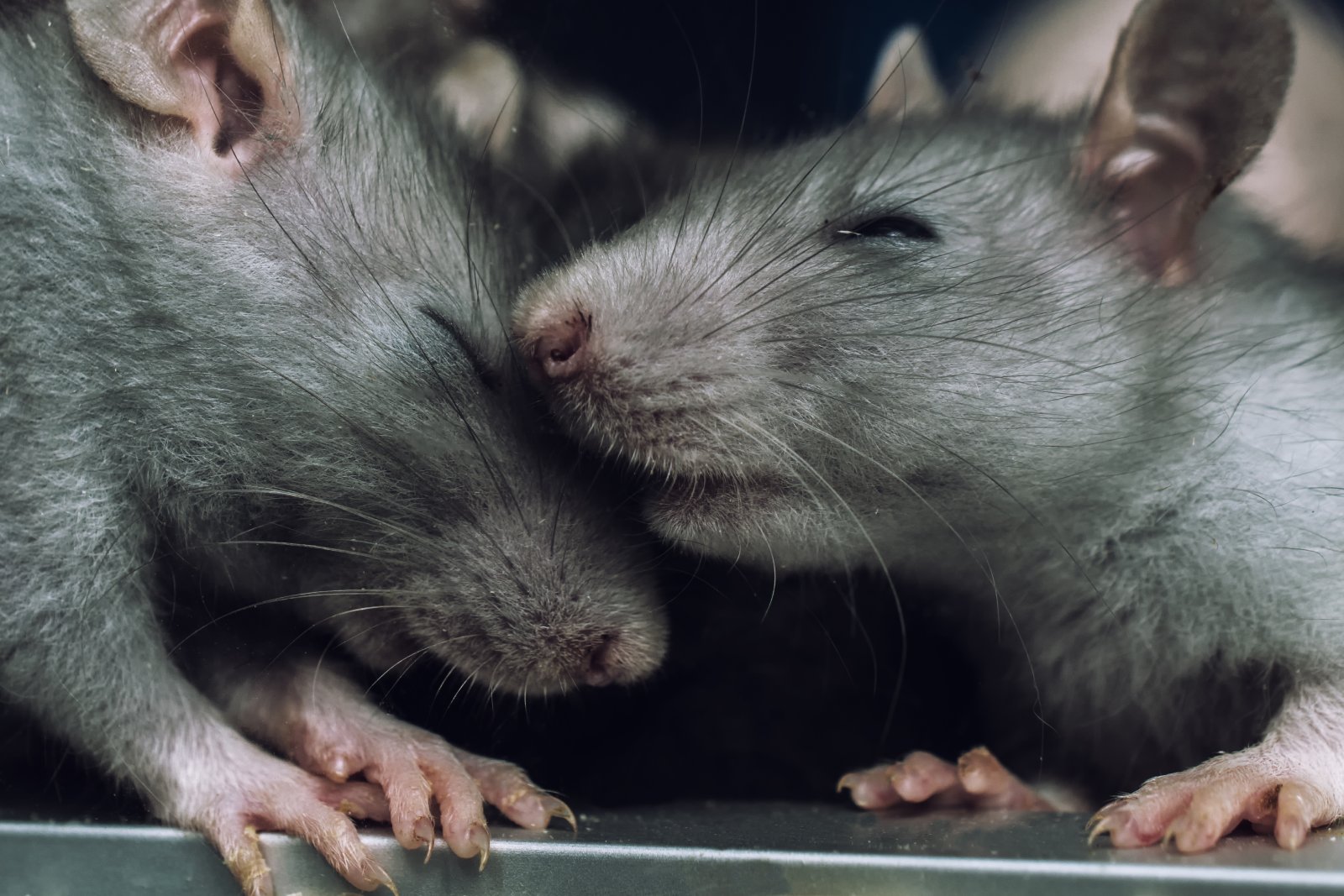
Next time you see a rat, consider this: they’re known to free trapped companions and share food, actions that speak volumes about their capacity for empathy and teamwork.
5. Dogs Detect Diseases

Your dog’s nose is a powerful tool. Dogs trained in medical scent detection can sniff out cancer and diabetes, often alerting their owners to health issues before doctors do.
6. Horses Respond to Human Emotions
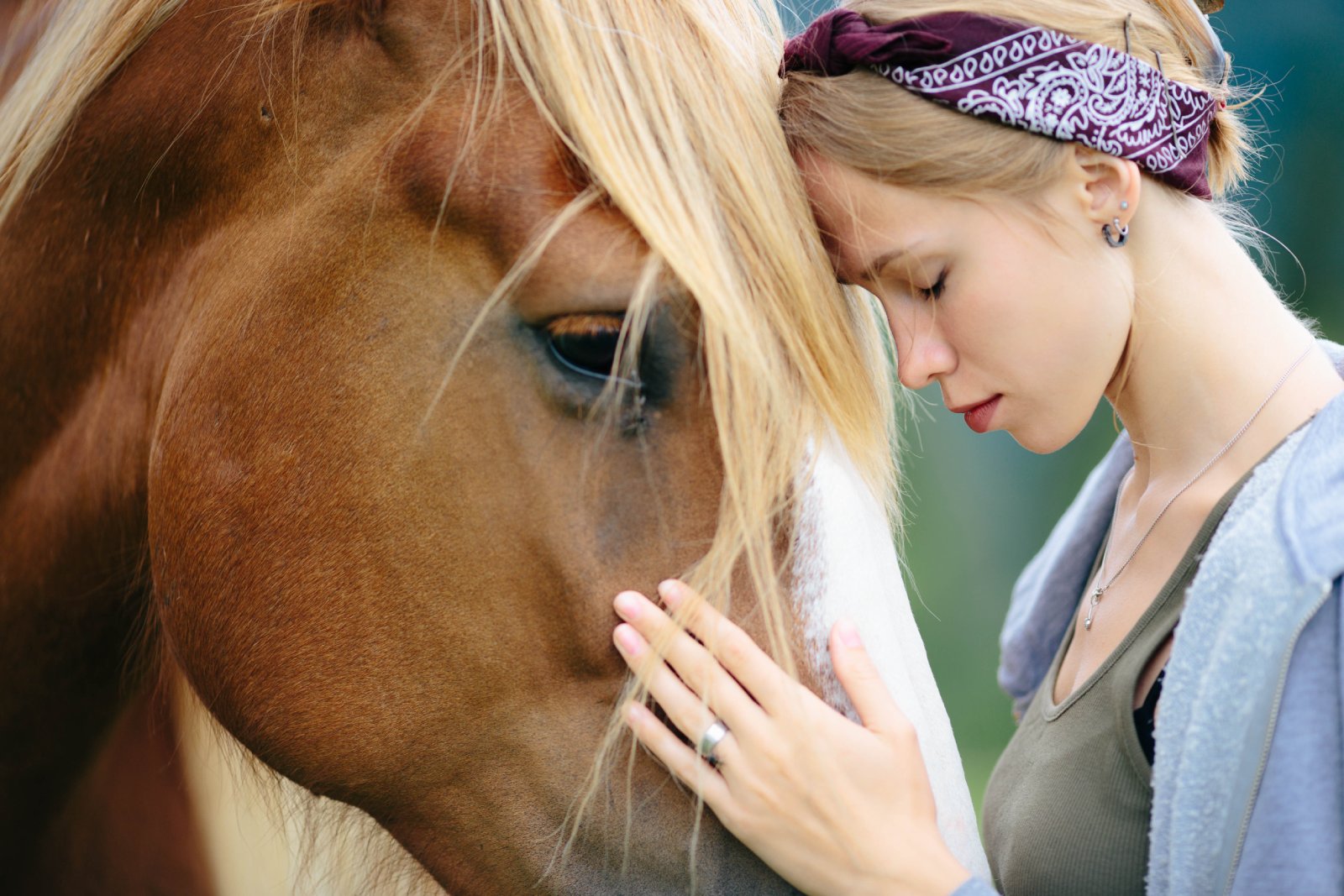
Horses aren’t just majestic; they’re emotionally attuned. They can sense and react to a rider’s anxiety or confidence, adjusting their behavior to provide support or challenge.
7. Cats Adjust Their Vocalizations
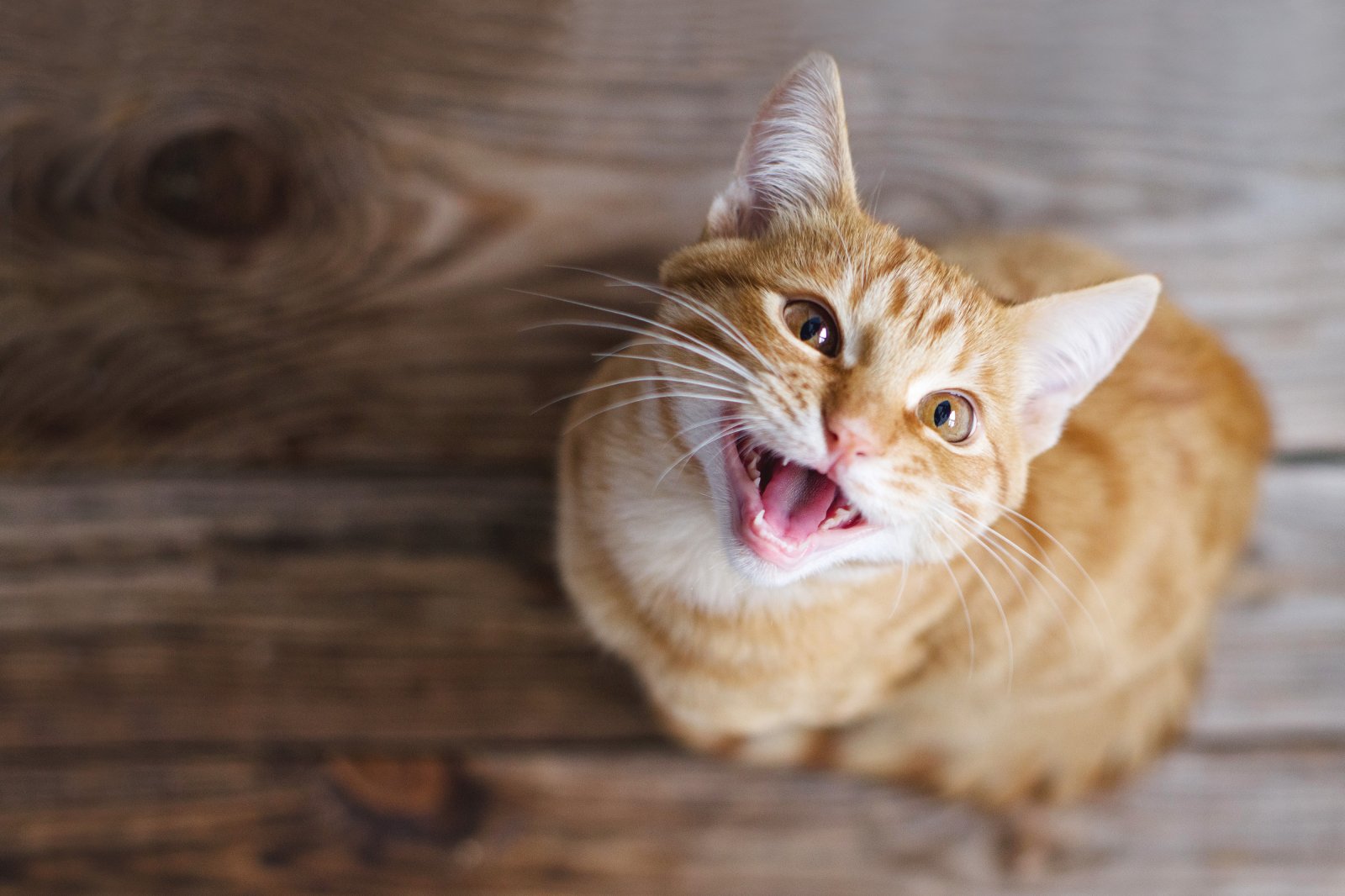
Your cat’s meow isn’t generic; it’s tailored specifically for you. They develop distinct sounds to communicate their needs, from hunger to wanting affection, all based on their bond with you.
8. Dogs Can Learn Sign Language

For dogs with deaf owners, verbal commands aren’t an option. These dogs learn and respond to sign language, proving that communication goes beyond spoken words.
9. Guinea Pigs Communicate Through Sounds
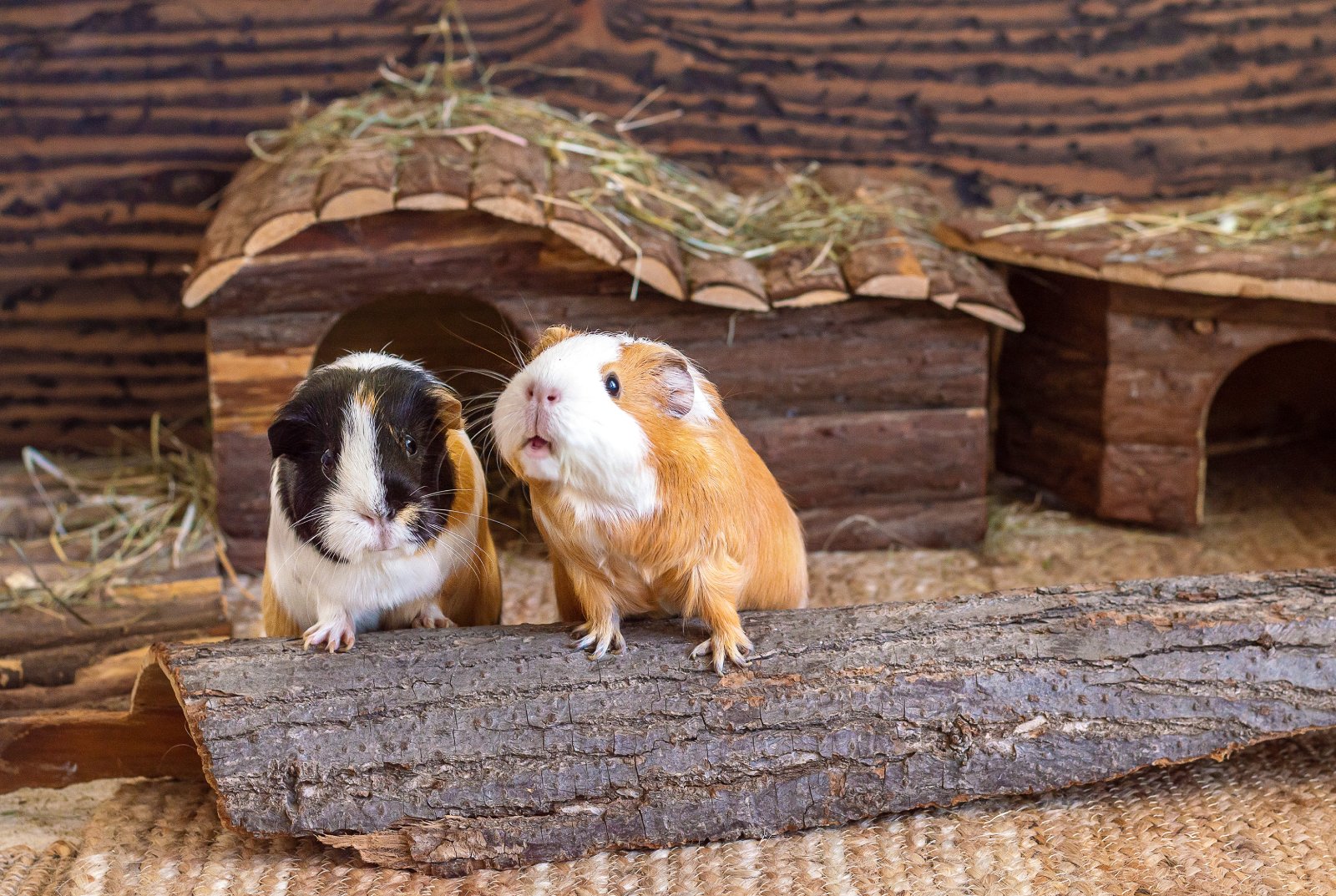
Guinea pigs are vocal strategists; they use a variety of sounds to express everything from joy to discomfort, helping you understand their well-being.
10. Rabbits Have a Keen Sense of Smell
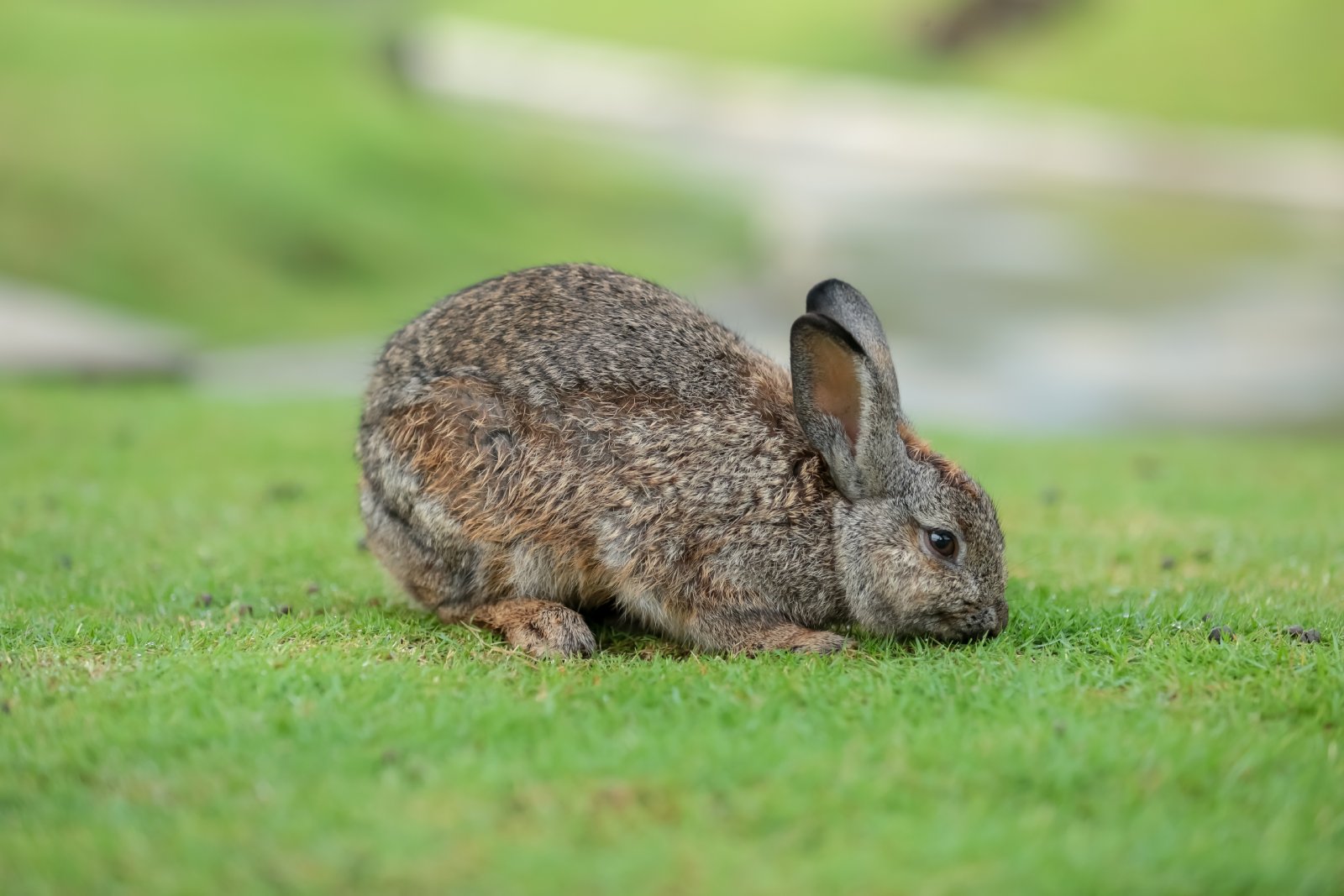
Your rabbit’s twitching nose is doing more than sniffing out treats. It’s a sophisticated tool for detecting predators and navigating their territory safely.
11. Ferrets Can Solve Puzzles

Ferrets aren’t just playful; they’re problem solvers. Given the challenge of a puzzle toy, they’ll strategize to release hidden treats, showcasing their cunning and ingenuity.
12. Dogs Understand Over 150 Words
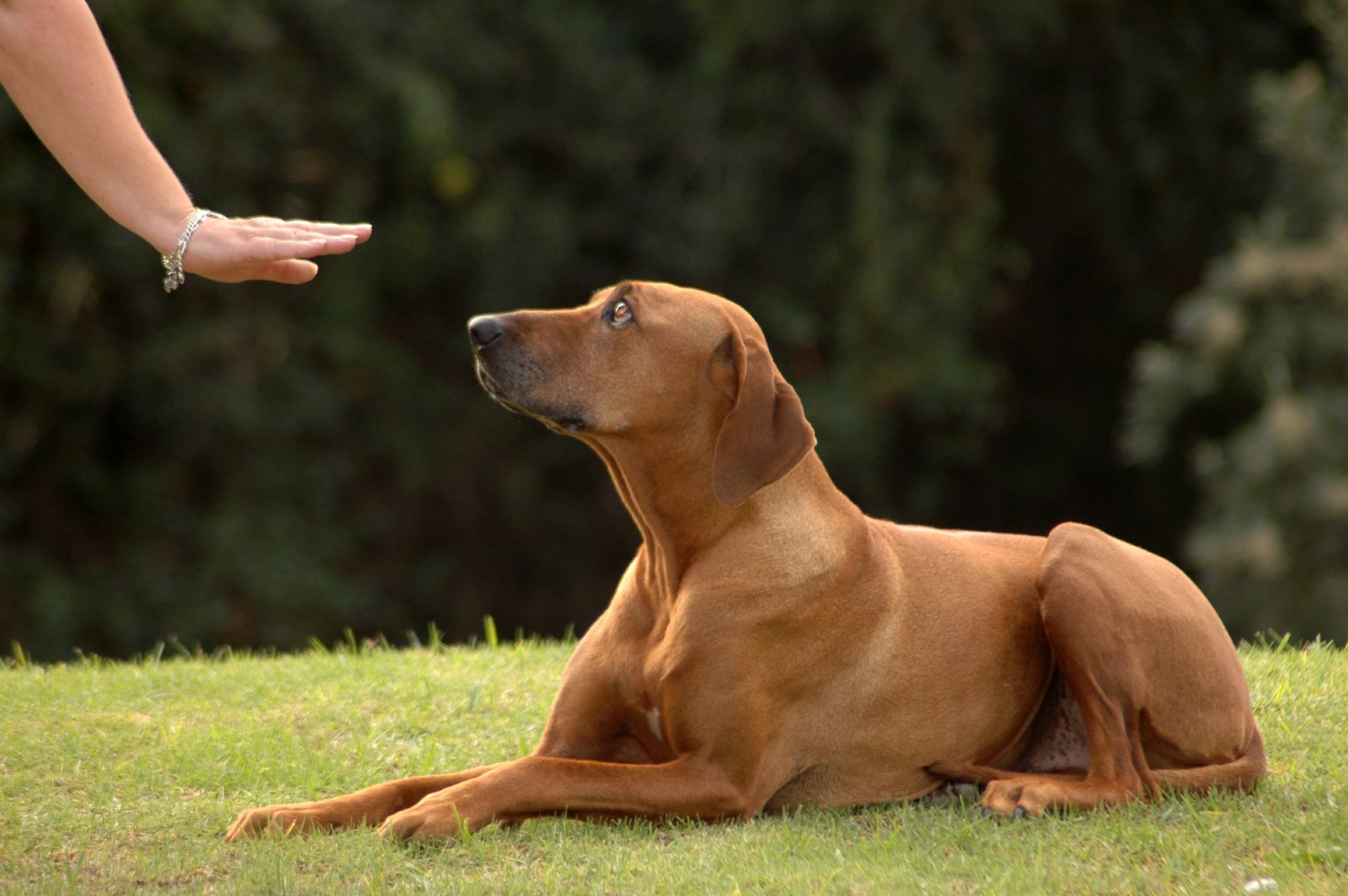
Don’t underestimate a dog’s vocabulary. Some can understand and respond to over 150 commands, making them as linguistically competent as a young child.
13. Cats Use Their Whiskers for Spatial Awareness
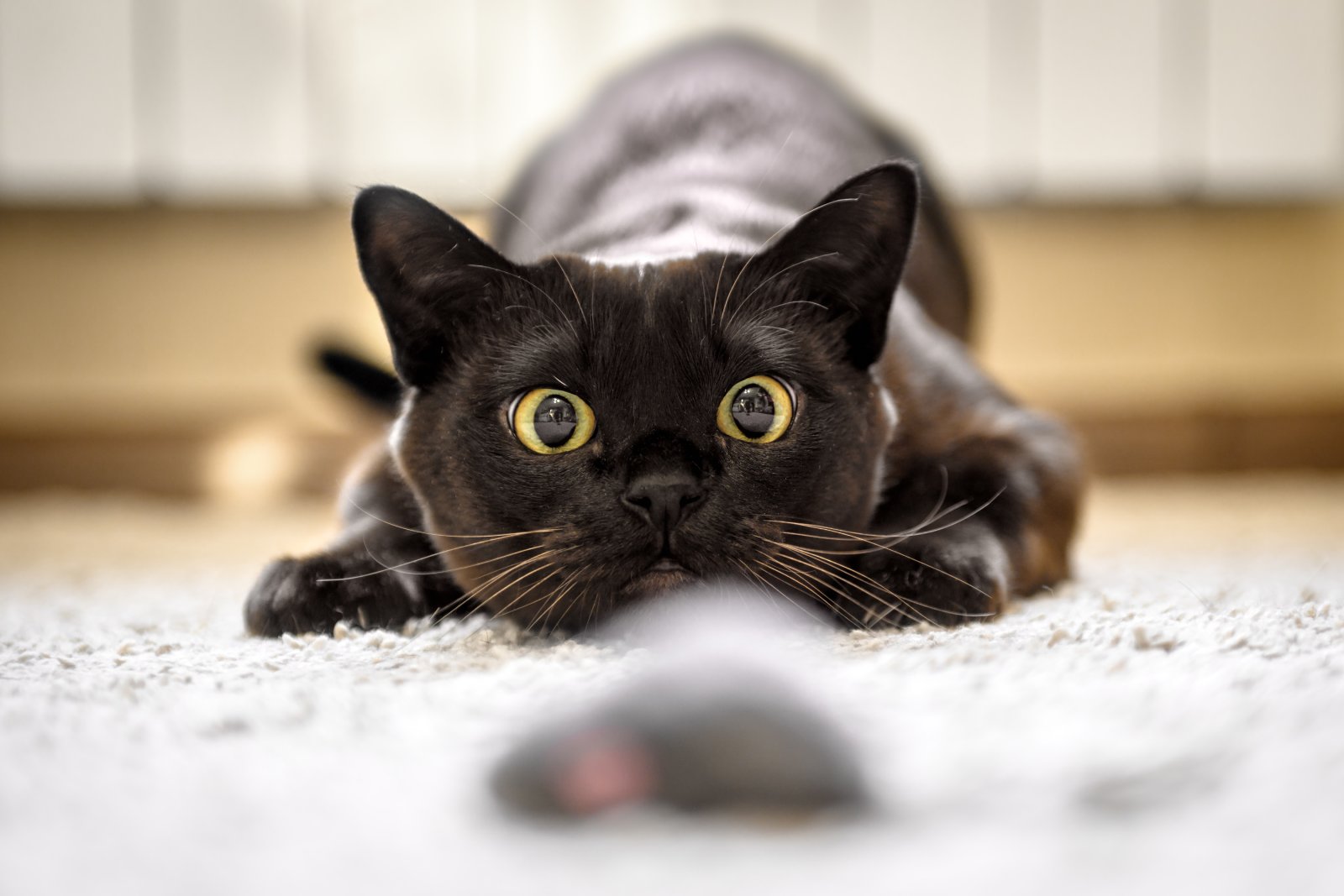
Cats use their whiskers not just to feel the world but to measure it. These sensitive appendages help them navigate tight spaces and judge jumps with precision.
14. Hamsters Can Remember Routes
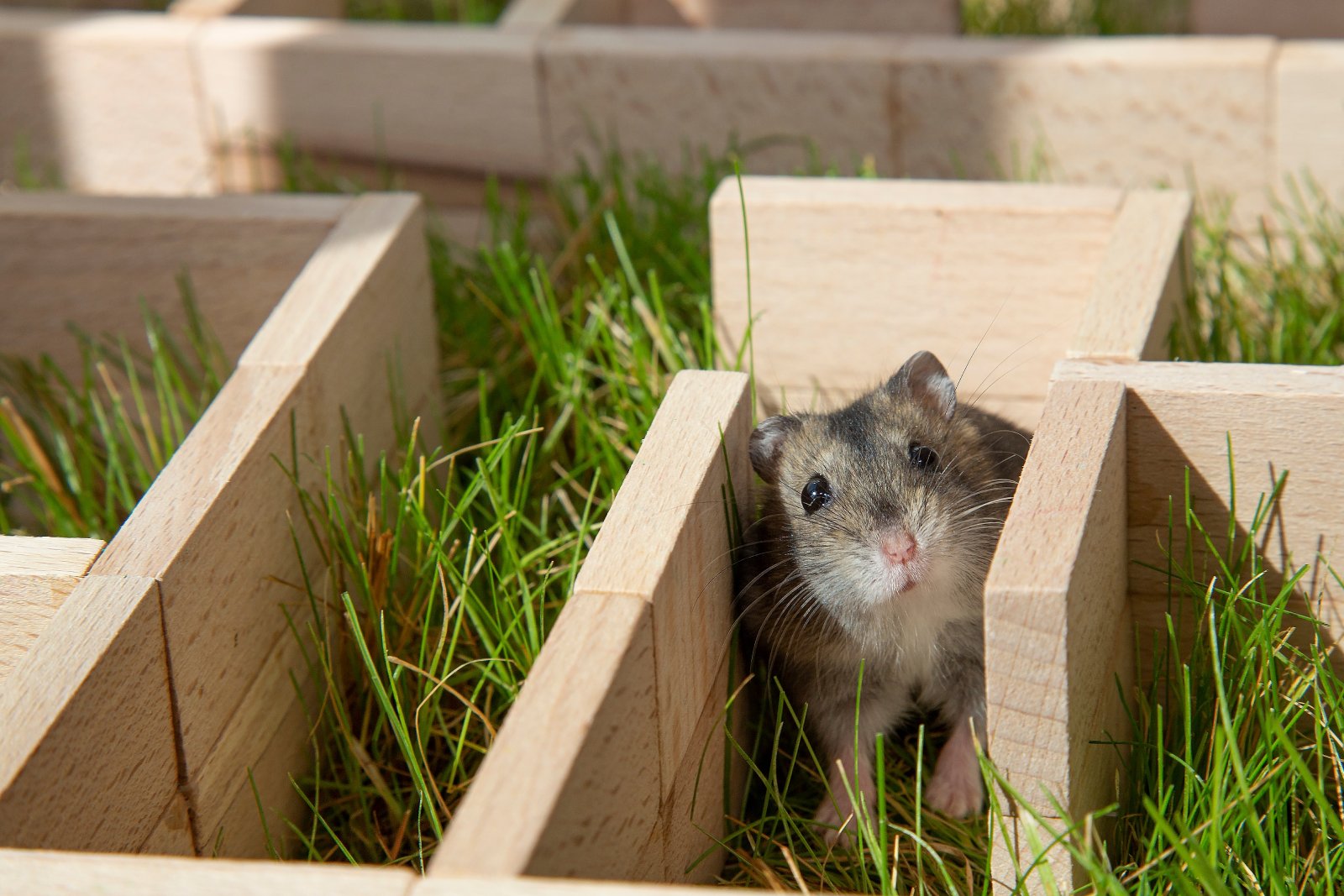
Ever watched a hamster in a maze? They’re not just running; they’re remembering paths and making strategic decisions to find their way to rewards.
15. Parrots Understand Concepts of Colour and Shape
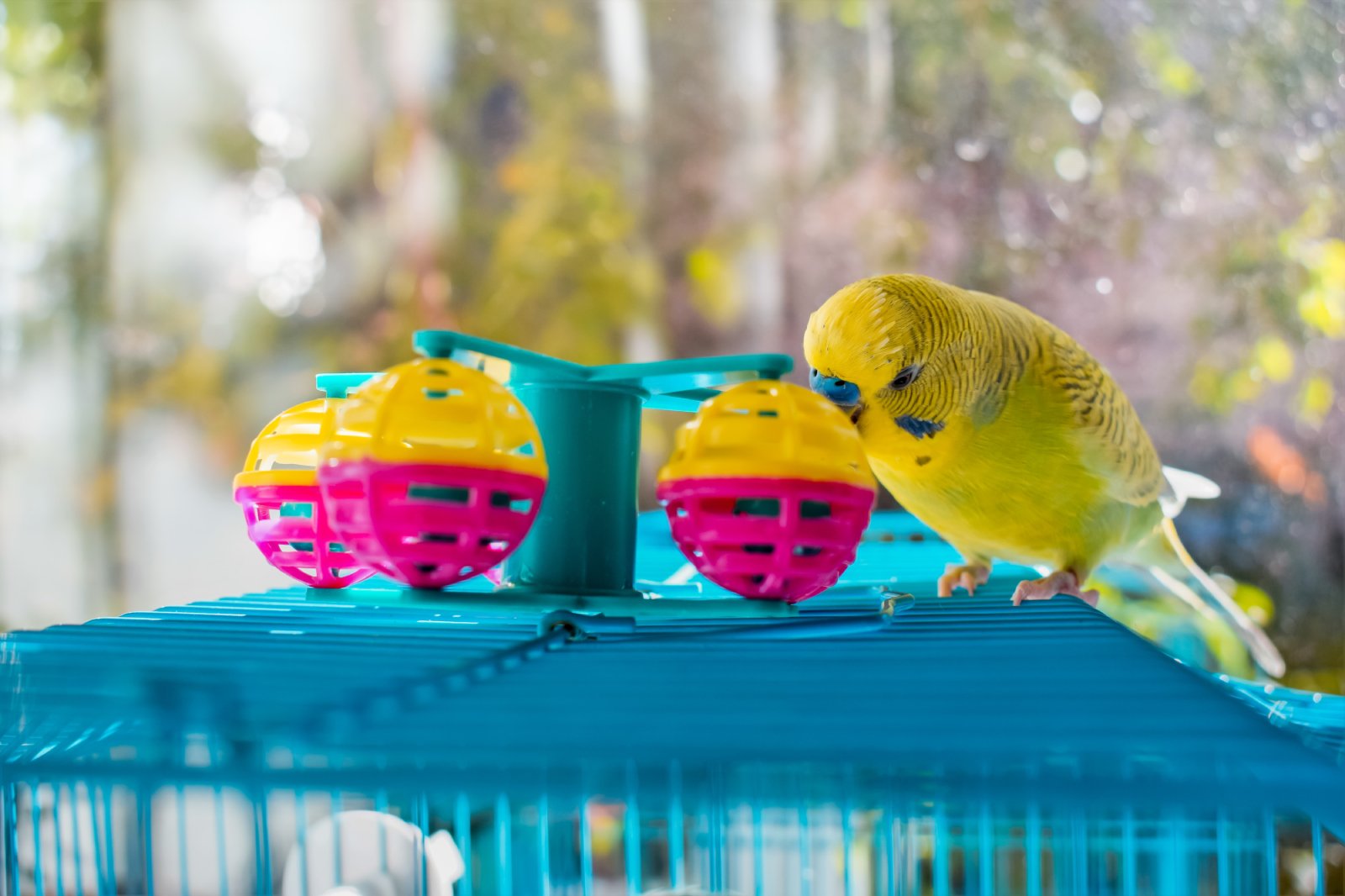
Parrots are visual geniuses. They can learn to distinguish between colours and shapes, using this knowledge to solve puzzles and communicate their preferences.
16. Dogs Navigate Complex Environments
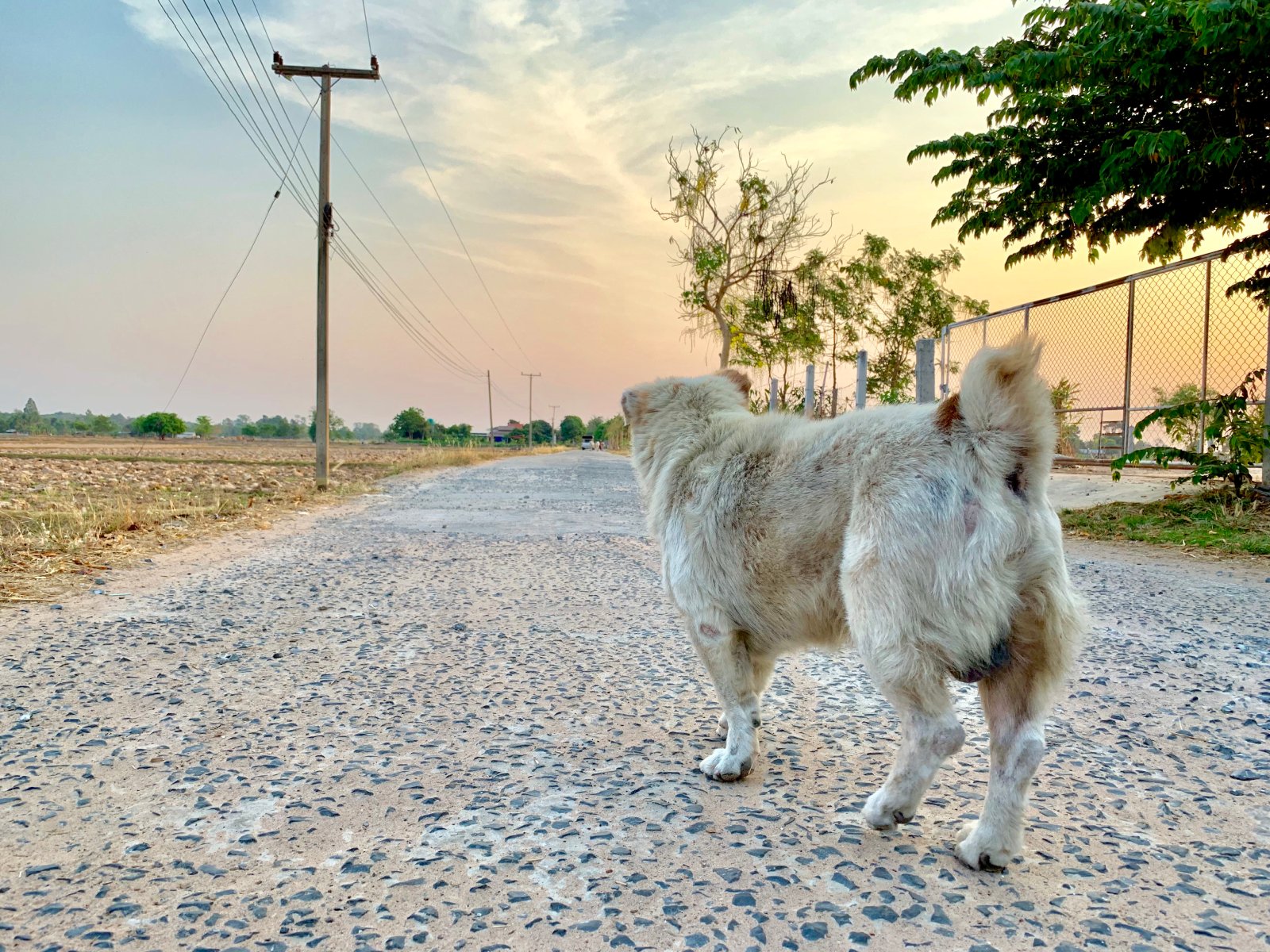
Lost dog? Not for long. Many dogs have the ability to find their way home across vast distances, using a combination of scent, landmarks, and perhaps a touch of instinct.
17. Cats Anticipate Their Owners’ Actions

Cats often seem to predict your next move, whether it’s mealtime or sitting down for a cuddle. They read routines and cues to stay one step ahead.
18. Birds Recognize Their Owners
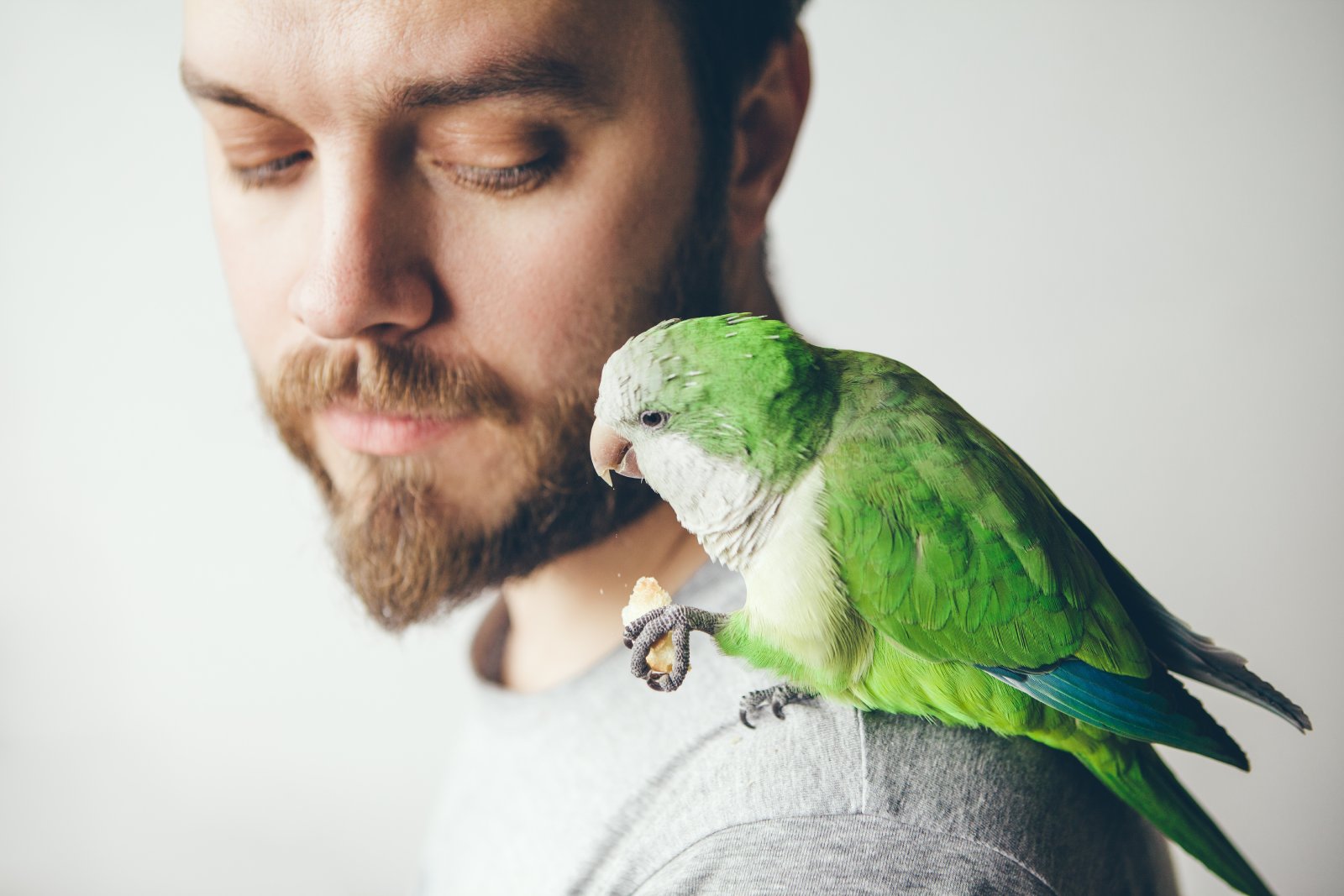
Birds, from canaries to cockatiels, know who you are. They recognize their owners and often change their behavior to seek attention or offer affection.
19. Dogs Show Guilt and Remorse

Ever seen a dog’s guilty face? It’s real. Dogs show remorse and understanding when they’ve done something wrong, often seeking to make amends with submissive gestures.
20. Cats Can Find Hidden Objects

Cats demonstrate object permanence by seeking out toys or treats that are out of sight, understanding that just because they can’t see something doesn’t mean it’s gone.
Not Just Fluffy Faces

These facts reveal that our pets are intelligent, emotionally complex beings. Engaging with them and nurturing their minds can deepen the bonds we share, making every day a little more extraordinary.
The post Clever Claws: 20 Incredible Facts About Your Pet’s Intelligence first appeared on PawShore.
Featured Image Credit: Shutterstock / Kristina Holovach.
For transparency, this content was partly developed with AI assistance and carefully curated by an experienced editor to be informative and ensure accuracy.

